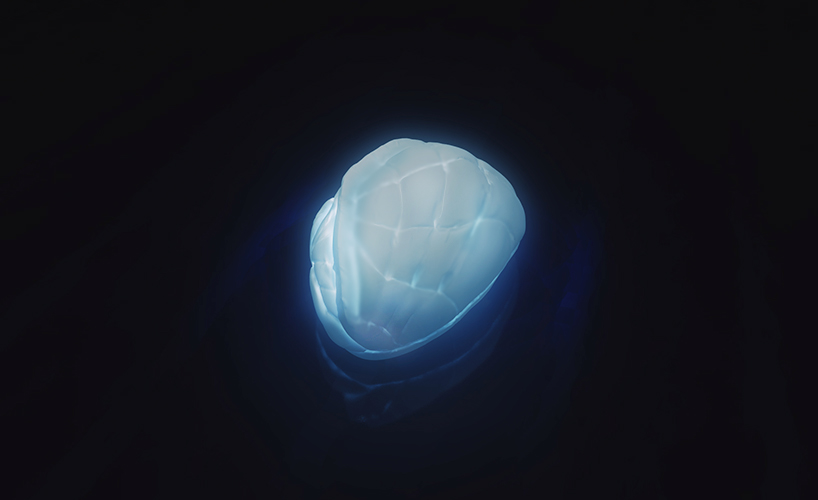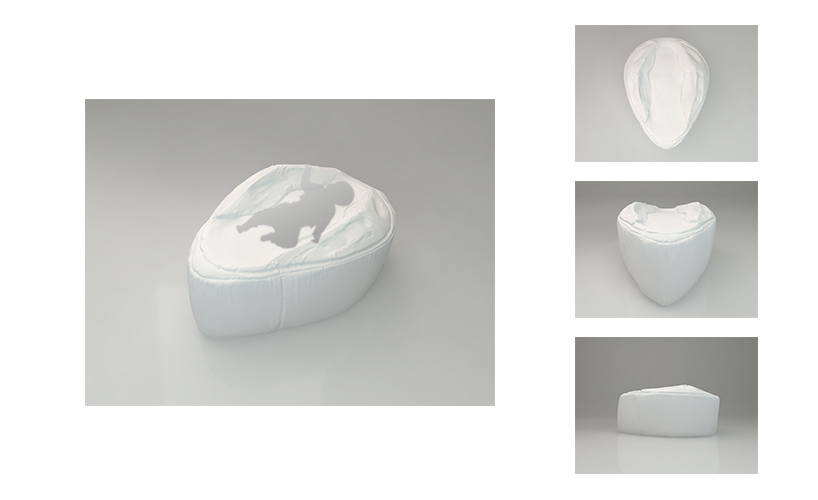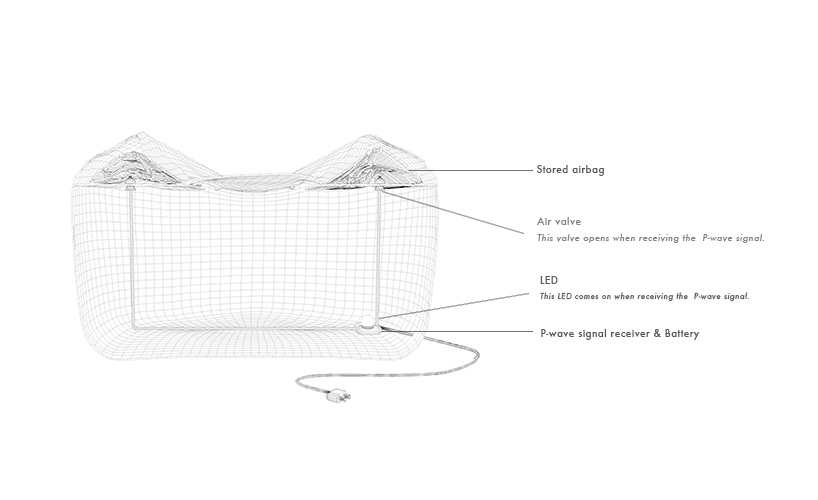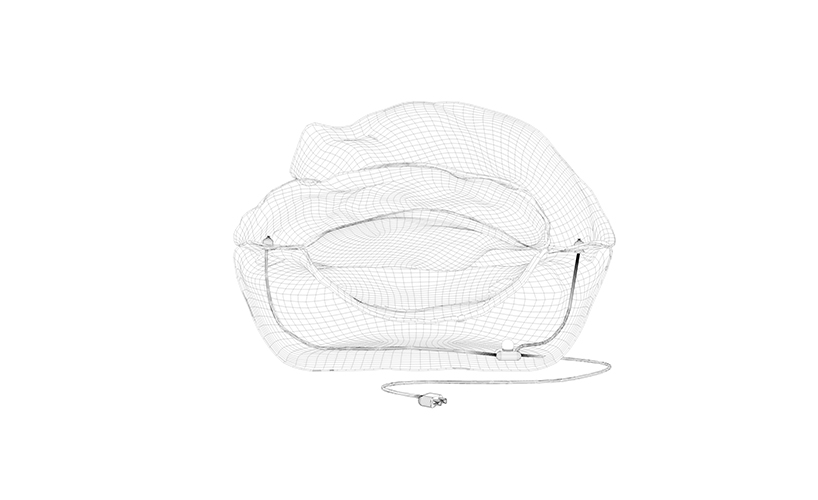
P-cocoon by Tadashi_Watano from japan
designer's own words:
Japan is earthquake-prone.
It is said, with more than 70% probability, a direct-type earthquake might hit Tokyo in next 30 years.
We have a nation-wide emergency notification system which sense the foreshock (P-wave) just before the main shock (S-wave) of the quake and quickly send an alert of the earthquake danger to everyone’s mobile phone in the affected area.
It is a great system, however, for people, and even for government or corporations, the only possible thing to do is alerting and nothing more. We have almost no means against earthquake coming in a few seconds.
20 years ago in the Great Hanshin earthquake, almost 6,500 people were killed. Many died or got seriously injured from strong impact of collapsing houses, falling furniture and various things and scattering glasses.
The alerting system works to adults who recognize their own danger, however, what happens to kids who are not able to move or escape from the danger by themselves?
What if their parents are sleeping, or going to toilet? Can parents find their kids in the dark without electricity?
We thought about a small “architecture”.
It is a baby bed, which immediately changes its shape when receiving the alert.
When the P-wave signal comes, a valve opened, Air start to flowing quickly into a nylon airbag stored like an anti-roll-pillow.
Gently transformed by dispersing air pressure and the baby’s own weight.
It does not require either gas or electricity, but changes its shape sequentially by natural phenomena.
Air bag is a little deflated, and The baby fell to the center due to its own weight, protected also from vibration.
Until the parent is to rescue, this cocoon protects the life with future from dangerous debris of glasses and interiors.
Key visual
Before earthquake
After earthquake
Cross section view – Before earthquake
Cross section view – After earthquake